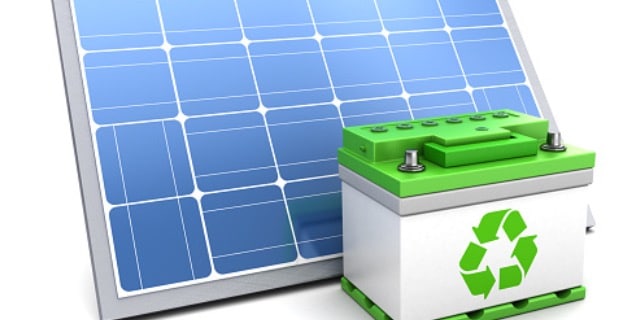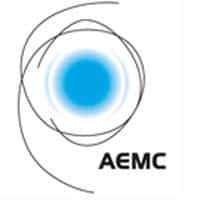Increasing amounts of renewable energy are challenging Australia’s national grid as coal-fired generators fade out. But battery storage grid integration could provide the needed stability.
A report by the Australian Energy Market Commission (AEMC) released today explores the instability caused by adding solar energy and wind power to the nation’s generator mix.
The grid requires a constant 50 Hz frequency, which coal-fired turbines traditionally provide. Because renewables are intermittent and weather-based, they do not consistently provide this “frequency control”.
Battery storage could, however, ‘even out’ dips and troughs as coal-fired power stations are decommissioned, the report says. Batteries can also send stored power to the grid should frequency dip below the required 50 Hz.
According to the report, the frequency problem must be solved while sufficient power exists to meet short and medium-term demand. Smart measures taken now can avert blackouts like those suffered in South Australia.
How renewables fill the gap left by coal-fired generators
While large-scale coal, hydro and gas fired power stations have the advantage of ‘inertia’, renewable energy has its own challenges.

As the report points out, it’s the inertia of the massive coal-fired turbines that keeps energy at an even voltage and frequency. This balances any sudden changes in supply and demand due to a failure in the grid caused by storms or a heatwave. The size of the turbines means they continue spinning for a while even when they stop working, which means they are still producing electricity.
Solar power especially lacks inertia because it is dependent on the sun – there’s no solar produced at night, for example. Solar is therefore considered unreliable by some energy commentators.
Battery storage grid integration provides reliability
Yet battery storage grid integration has the potential to even out frequency changes by smoothing midday troughs and late afternoon demand peaks caused by solar PV, the AEMC report says.
Energy can be stored during the day and used during evening peaks. Integrated solar energy storage could also open the market to smart technology offering frequency control. “Artificial” frequency could be added to the grid to substitute for the mechanical frequency of the coal-fired turbines.
Strong growth in integrated solar PV and storage system installations is expected to increase significantly, the report also says. Australia’s installed capacity is projected to rise to 5.4 GW as more people seek solar quotes to take advantage of lower power bills.
Energy demand trends for the future
According to the report, demand for power is flat due to larger numbers of solar power and renewable installations. Its findings include:
- Demand for power should stay flat then fall by 1.6 per cent over 10 years to 2026/27.
- Although households are now using more electrical appliances, demand is offset by increased rooftop solar PV.
- Better building efficiency is reducing demand for space cooling and heating.
- Growth in rooftop solar PV is projected to reach 18.6 GW by 2035/36.
- Battery storage installations are also expected to increase significantly.
- Rooftop solar is pushing minimum demand to middle of the day in Queensland, NSW and Victoria, as opposed to at night or on the weekend.












































